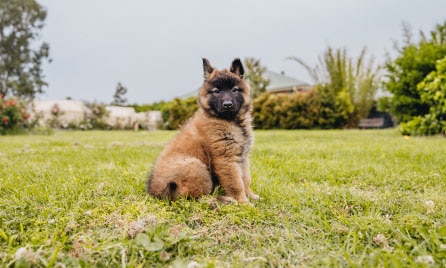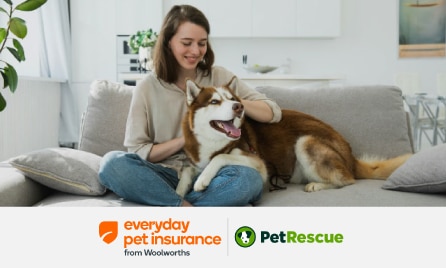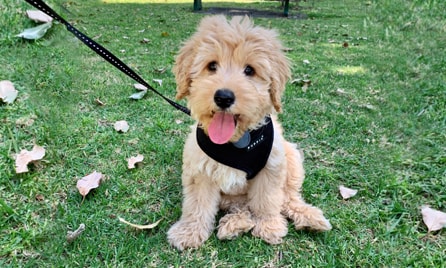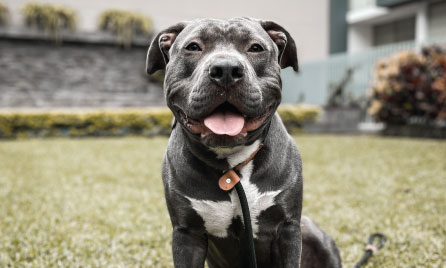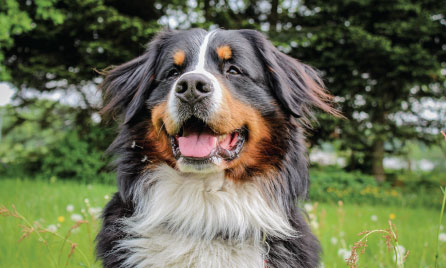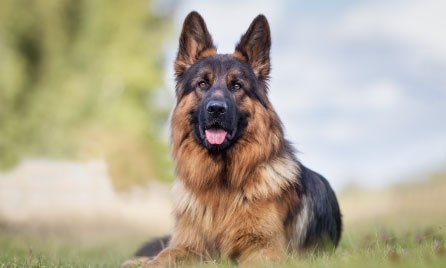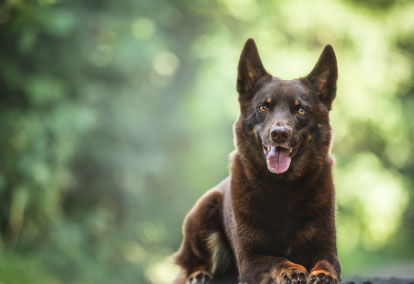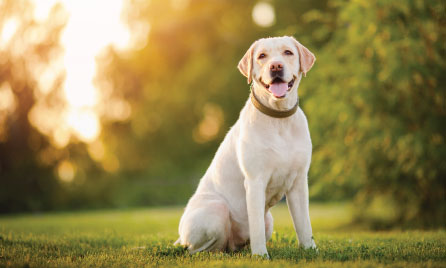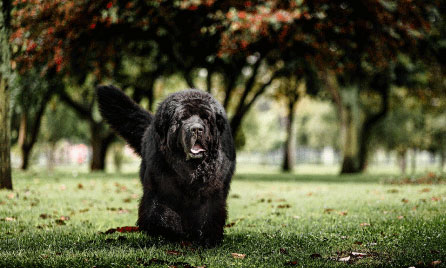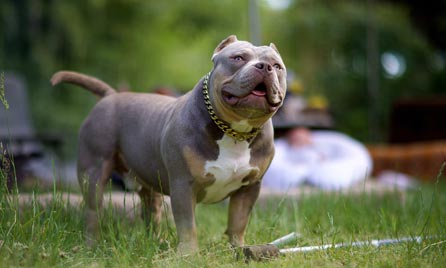- text
-
|| When: This offer is available between AEST 12:00 PM 08/10/25 and AEST 11:59 PM 01/02/26. Where: This offer is available when you buy an eligible Everyday Pet Insurance policy online. Who: This offer is personal to you and available only to Everyday Rewards members with an active registered Everyday Rewards Card. Everyday Rewards Plus Card holders are not eligible for this offer. How it works: To enjoy your first two (2) months of free cover, you must successfully link your active registered Everyday Rewards Card when purchasing an eligible Everyday Pet Insurance policy online during the offer period. This offer entitles you to two months free in your first policy year of your policy cover, provided the policy remains in force, with all premiums paid in full, and you remain an Everyday Rewards member. If you choose to pay annually, you will have the first two months free automatically deducted from the annual premium at the time of purchase. If you choose to pay by monthly or fortnightly instalment, you will not be charged an instalment for the first two months of your first policy period. Your payments will start from the third month of your policy period. The discounted premium will be shown on your Certificate of Insurance, which is sent on acceptance of your policy.
This offer is limited to one per Everyday Rewards member. Only one (1) offer may be selected under Unlock Your Offer.
You will no longer receive this offer if your policy is cancelled, you change your level of cover and/or your policy number changes, or if your Everyday Rewards account is cancelled, terminated, or suspended.
Enjoyment of this Everyday Rewards offer is subject to the Everyday Insurance Terms and Conditions. Please consider the Everyday Pet Insurance Product Disclosure Statement, Financial Services Guide and Target Market Determination available here to determine if the products are right for you. In addition to the above terms and conditions, by participating in the Everyday Rewards program you agree to the Everyday Rewards Terms and Conditions. Woolworths reserves the right to vary, withdraw or extend this discount or an offer at any time, and will provide reasonable notice of any adverse changes.
What do I need to know before getting a dog?
- What to consider when choosing a dog breed.
- Common things you need for a dog.
- Welcoming your new furry family member.
- Popular dog breed characteristics.
- Common conditions in dog breeds.
- Eye conditions.
- Commonly claimed conditions by dog breed size.
- Dog insurance.
- Cover your furry friend today.
- Claim up to $30,000 a year with Comprehensive Plus.#
- Get up to 80% back on eligible vet bills.*
- Claim on the spot and only pay the gap with GapOnly.®=
- Find out more about these dog breeds.
- We're here to help.
So, you’ve decided to take the exciting step of buying a dog. Congratulations!
Is it a new addition to your family? Or, maybe you’re single and looking for a furry friend to keep you company? Whatever the reason, picking a breed that suits your environment and lifestyle are things you should consider.
You’ve probably heard it before, but buying a dog comes with responsibilities. From training to pet insurance, it’s essential to make sure you’re ready for the challenges and financial commitment of owning a pet.
Often puppies and dogs are bought without proper consideration of how much care they require, leaving every year in Australia.
We’ve outlined some key traits and conditions of common dog breeds to help you find the perfect companion.

